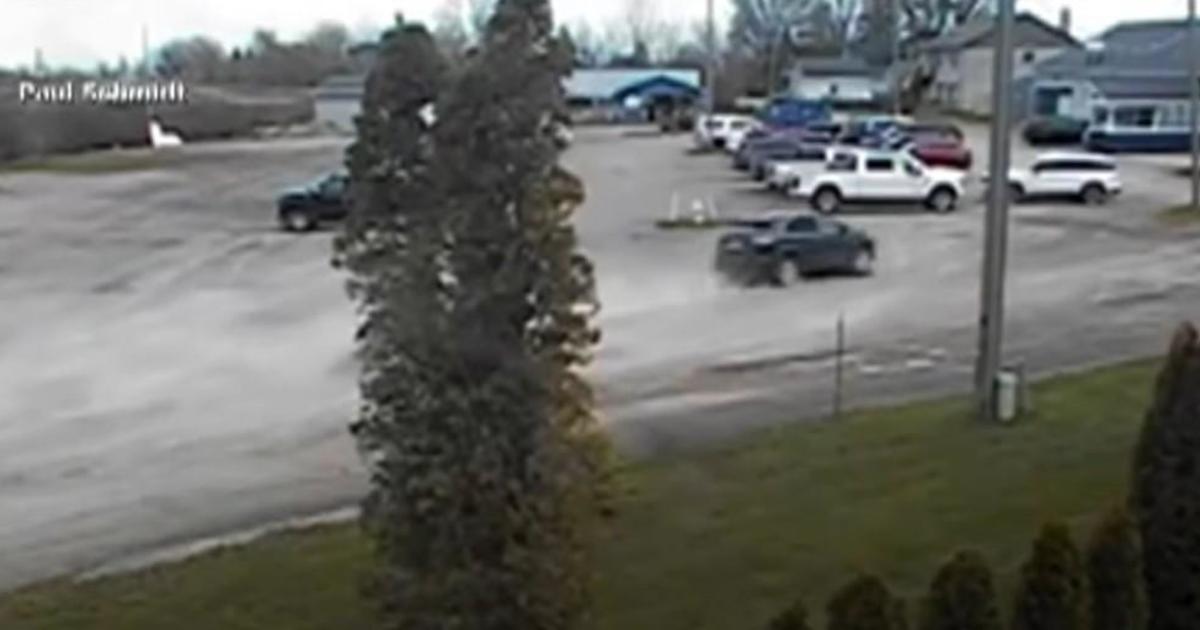Michigan House Approves $160M For Road Repairs; Plan Still Needs Senate Approval
(WWJ) The dismal condition of local roads is top of mind for many in metro Detroit and legislators are taking notice.
County Executive Mark Hackel announced a $10.2 million project to resurface Mound Road on the same day the Michigan House of Representatives voted unanimously -- 109 to zero -- to spend $175 million on necessary infrastructure repairs.
Democrats tried to add $145 million more from the state's rainy day fund, basically its savings account, to cover road repairs. Republicans said no.
Note, though this funding is not a done deal -- the plan still has to go through the Senate. If the deal does pass, the money would go to local governments for necessary road work.
Per the plan approved by the House, $160 million would go to the roads, while $15 million more would focus on other infrastructure projects.
While that plan winds its way through the system, road crews will be busy this summer on already planned projects. Michigan Department of Transportation plans call for re-dos on:
- M-59 from Garfield to Romeo Plank;
- I-696 east to west and west to east through Macomb County;
- I-75 from 13 Mile to Coolidge in Oakland County;
- I-94 through Detroit.
Also, the project to finish rebuilding M-59 is happening from Garfield to Romeo Plank. Then there's the reconstruction of I-696 pretty much the entire run in Macomb County; I-75 from 13 to Coolidge in Oakland County; and just about all of I-94 in Detroit.
Engineer Jim Petronski of MDOT says the onslaught of freeway rebuilding is largely a fact of the aging infrastructure, much of which was built in the 1960's heyday of road building.
While the public rails against roads that fail too soon due to what they perceive as poor planning or construction, Petronski says MDOT is implementing new techniques all the time to make roads last longer.
"We've changed a lot of construction practices over the last 10, 20 years, so our bases are deeper, we're preventing a lot of that water from coming through so it doesn't make it any harder to reconstruct it as long as we're using the latest technology -- Like on M-59, we're paved multiple lanes wide, we have less joints, where water can come in. That's what we're really trying to do is prevent water from getting into the sub-grade and breaking up that pavement."
Petronski says M-DOT has also learned to communicate better with drivers by using apps and websites to tell drivers where the construction crews are, what lanes to use to get by, how long the drive is in real-time, and offering instant alternate routes.
"The major website that we had -- movingmacomb.org -- We're going to use that for 696," Petronski said. "We'll have a similar site for the 75 mega-project, and for the 94 mega-project. We want to continue to do that outreach."
Petronski says having real-time info for drivers proved extremely helpful for drivers, and has maybe even made it safer for workers.
"When people understand how to get around, it helps, it helps our jobs so we're safer," he said. "We don't have to worry about people trying to barrel through on us because they're late for something."



